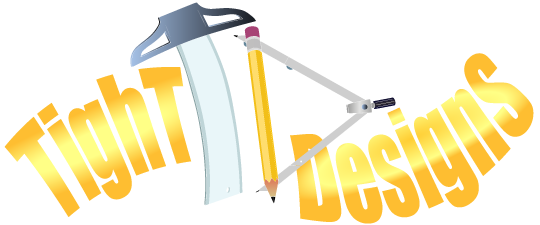What is bleed?
In commercial printing, “bleed” refers to an area of the print that extends beyond the edge of the sheet before trimming. In other words, the bleed is the part of the background or design that overruns the edge of the page. The bleed zone ensures that after the printed sheet is cut down to the […]
What is a “gang-run” in printing?
Imagine you have multiple print jobs that have similar specifications, like paper size, quantity, and finishing options. Well, in the world of commercial printing, we have a nifty technique called gang-run. It’s like a smart and efficient strategy where we group together these similar print jobs and run them all at once. By doing this, […]
What is the recommended writing instrument for use on 3-part NCR forms?
When writing on 3-part NCR forms, it is recommended to use a ballpoint pen or a pen with a medium point. These types of pens provide good pressure and ink flow, ensuring clear and consistent imprints on all three parts of the form. Avoid using gel pens or markers, as they may result in smudging […]
In the organization schema there’s a section for departments. What is this?
In the Organization schema, the “department” property is used to specify the departments within an organization. A department is a specific area or function within the organization that has its own set of responsibilities and tasks. For example, a large corporation may have a marketing department, a sales department, a human resources department, and an […]
In Local Business schema, what is @id?
In the Local Business schema, the @id is a unique identifier for the business. It is used to provide a specific ID that can be referenced in other web pages, ensuring that search engines can accurately identify the business and its location. The @id property is typically defined as a URL that points to a […]
What is the minimum recommended font size for Myriad Pro when designing a business card for commercial printing?
The smallest font size that should be used for Myriad Pro on a business card for commercial printing is 6 points. However, it’s important to note that the legibility of the font can also depend on other factors such as the ink color, paper stock, and printing technique used. It’s always a good idea to […]
Can a webpage have more than one H2 tag?
Yes, a webpage can have more than one H2 tag. However, it’s generally recommended to have only one H1 tag as it represents the main heading of the page, and having multiple H1 tags can create confusion for search engines and users. On the other hand, having multiple H2 tags can be helpful for organizing […]
When saving a file as JPEG in Adobe Photoshop, what is the difference between the formats Baseline Standard, Baseline Optimized, and Progressive?
When saving a file as JPEG in Adobe Photoshop, you have the option to choose from three different JPEG formats: Baseline Standard, Baseline Optimized, and Progressive. Baseline Standard is the most basic and widely compatible format. It is the default format and is supported by most web browsers and image viewers. It creates a standard […]
If a paper finish has Gloss, what difference would it make to have Aqueous coating added to it?
Aqueous coating is a clear, water-based coating that can be applied to printed materials to enhance their durability and appearance. While both gloss cover and gloss book have a glossy finish, adding an aqueous coating can further enhance their glossiness, as well as protect the printed material from scratches, fingerprints, and other types of wear […]
What is the difference between Gloss Cover and Gloss Book?
Gloss cover and gloss book are two types of paper finishes commonly used in printing. Gloss cover paper is a heavyweight paper with a glossy finish on both sides. It is commonly used for book covers, brochures, and other marketing materials that require a high-quality and durable paper. Gloss book paper, on the other hand, […]
